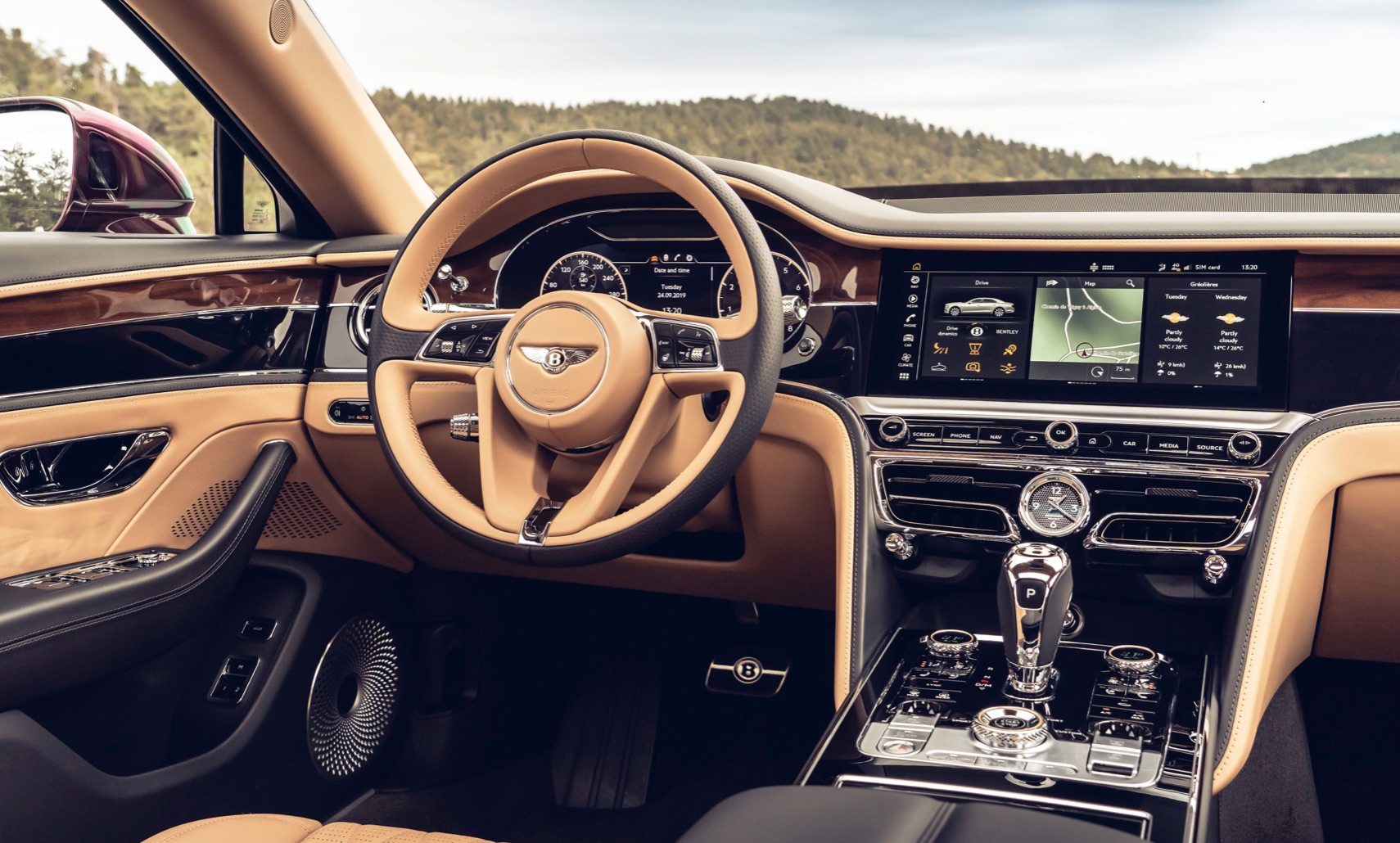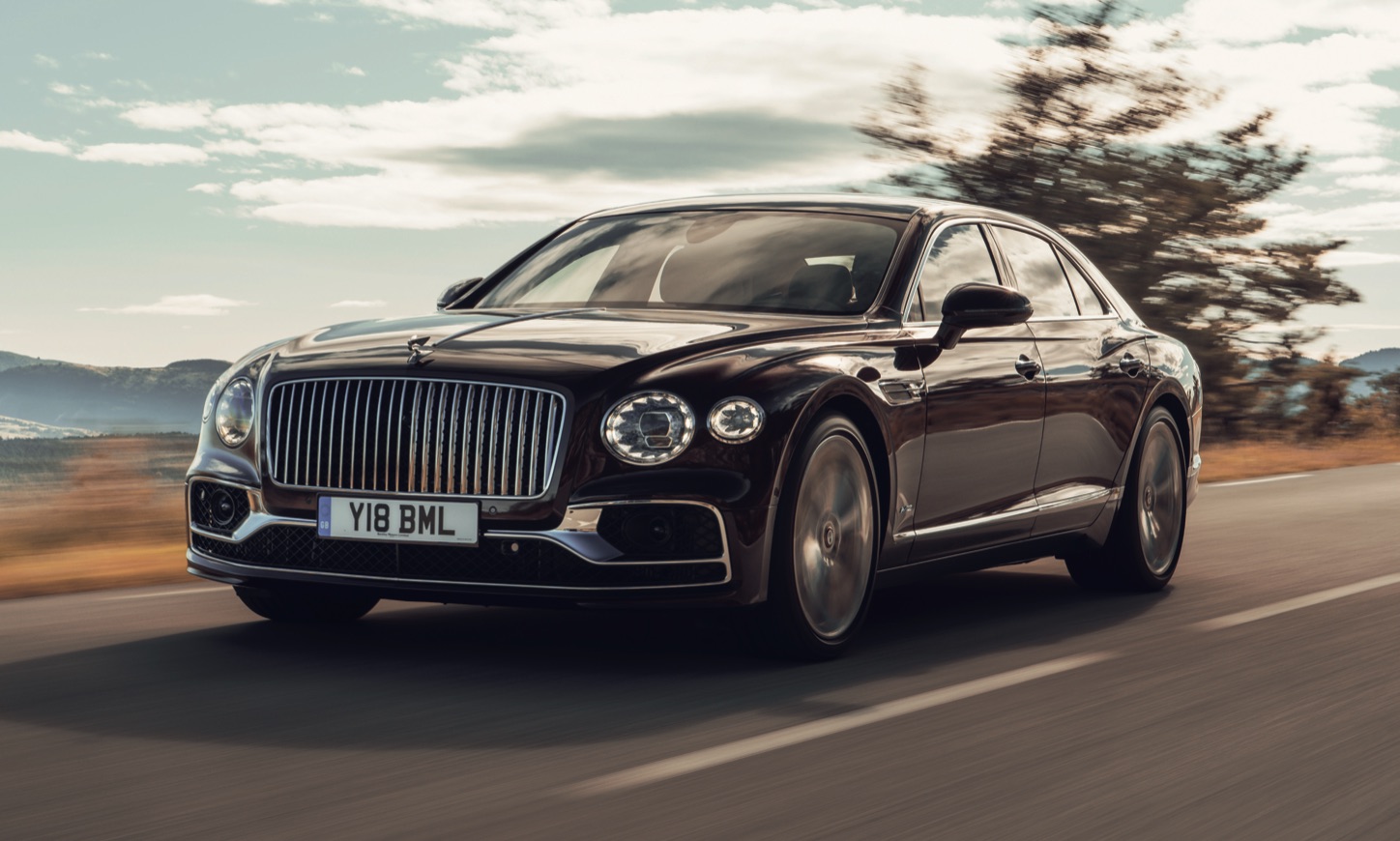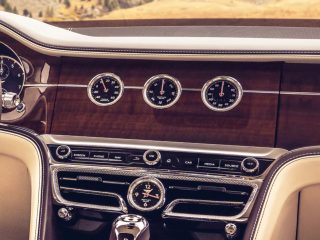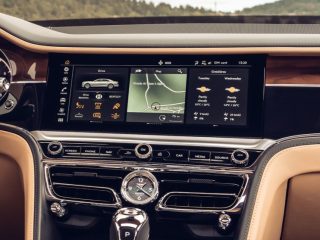 When we use the word “trendsetter”, there are several car brands that spring to mind. But it’s pretty safe to assume that Bentley is not one of them. On the contrary, the luxury marque is one of the few that has been paying close attention to consumer microtrends and desires.
When we use the word “trendsetter”, there are several car brands that spring to mind. But it’s pretty safe to assume that Bentley is not one of them. On the contrary, the luxury marque is one of the few that has been paying close attention to consumer microtrends and desires.
The Pyms Lane factory produces some of the world’s finest hand-built cars. Every so often there’s a press release put out about a new material, paint or ridiculously expensive one-off concept that emerges and everyone coos at the craftsmanship. But in the past two years, Bentley has caught the attention of the design and ideas space for a different reason: its application treatment of user experience, and how it has aligned itself with a burgeoning buzz around products with a user’s wellbeing at the forefront. In this case, we’re specifically talking about the collective fatigue, brain fog and anxiety scientists say is being caused by modern society’s screen addiction.
 “The digital interaction within the interior of the car is most delicate for us. We’re not Apple, we are car builder,” says Bentley Design Director, Stefan Sielaff, explaining the balance the Crewe maker needs to strike to make backlit information appear luxurious. “We have to run after the digital industry in a way, because otherwise, we are out of the business. It is very important.” Still, Bentley chose to buck the growing trend of the mega monitor in the cockpit and instead, followed its customers’ growing desire for simplicity and the science around screen-addiction. “The digital world is rather cold and inhuman. And with all these displays everyone is doing, the question is, do you need all this information all the time? Because it’s also distracting you. And that is a danger.”
“The digital interaction within the interior of the car is most delicate for us. We’re not Apple, we are car builder,” says Bentley Design Director, Stefan Sielaff, explaining the balance the Crewe maker needs to strike to make backlit information appear luxurious. “We have to run after the digital industry in a way, because otherwise, we are out of the business. It is very important.” Still, Bentley chose to buck the growing trend of the mega monitor in the cockpit and instead, followed its customers’ growing desire for simplicity and the science around screen-addiction. “The digital world is rather cold and inhuman. And with all these displays everyone is doing, the question is, do you need all this information all the time? Because it’s also distracting you. And that is a danger.”
“It seems to be a trend to show as much digital technology as possible because everybody wants to be modern,” says Sielaff of the car industry. “But we take a lot of inspiration from architecture, fashion, furniture design, product design because our customer is aware of these things [and informed by them]. And in these industries, the element of craftsmanship and something with a human touch is getting so much more important again.” What Sielaff is referring to is one of the most significant movements to collide with what experts call “wellness design”: the digital detox. From handmade furniture that conceals computer monitors to new ways to hang artwork to obscure a television, this hidden screen trend has been an ongoing a focus for many designers across different disciplines, particularly at events such as Salon Milan Design Week, the world’s design barometer. It seems even before Zoom was a thing, the world’s elite decided screens were passé.
What Sielaff refers to as Bentley’s ‘digital detox response’ is a disappearing display that first appeared in the Continental GT and is now also in the Flying Spur. Concealed within an exquisitely grain-matched three-sided rotating panel, the infotainment system can be flipped and hidden, replaced with three analogue gauges or an information-free wood panel. Two years on, the technology, which was initially considered by many, a bit of a novelty, has now become a desire for many and a talking point for future design ideas – Bentley was on the money the first time.
 More than ever, our home and work lives are dominated by digital information, and collective awareness of its impact on our health is increasing. As seen in the disciplines mentioned by Sielaff, we know that movements, technology and trends trickle from top tastemakers to consumers. So the question at the centre of it all is: Will we ever hit peak screen time in our cars or will an analogue application or digital respite be reserved for the elite (AKA those who can afford a Bentley)?
More than ever, our home and work lives are dominated by digital information, and collective awareness of its impact on our health is increasing. As seen in the disciplines mentioned by Sielaff, we know that movements, technology and trends trickle from top tastemakers to consumers. So the question at the centre of it all is: Will we ever hit peak screen time in our cars or will an analogue application or digital respite be reserved for the elite (AKA those who can afford a Bentley)?
“I personally believe that we have a situation now where all of us are living in a digital world, all of us. And there is a movement in products of the future where you’ll want that balance of digital and analogue. In our case, it refers to our integration of craftsmanship some human touch,” says Sielaff. “It’s coming back to a less is more approach. This is not only about digital elements, but an observation across many luxury categories. People who have a certain level of lifestyle, let’s say, are reducing their life to the bare minimum. The ultimate watch, the ultimate pair of shoes. Having a screen is not a thing of luxury anymore; we know that now.”
Nolle Faulkner




 When we use the word “trendsetter”, there are several car brands that spring to mind. But it’s pretty safe to assume that Bentley is not one of them. On the contrary, the luxury marque is one of the few that has been paying close attention to consumer microtrends and desires.
When we use the word “trendsetter”, there are several car brands that spring to mind. But it’s pretty safe to assume that Bentley is not one of them. On the contrary, the luxury marque is one of the few that has been paying close attention to consumer microtrends and desires.
